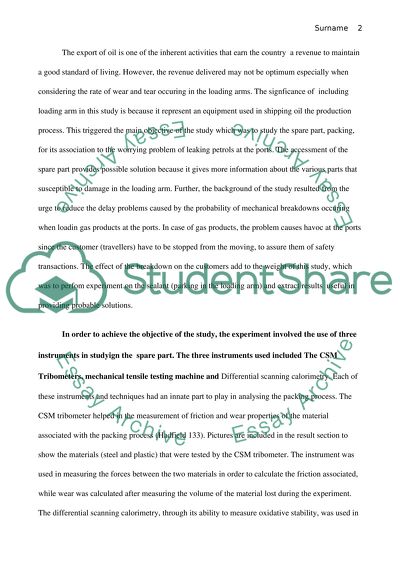Cite this document
(“Mechanical Properties of Loading Arm Research Paper”, n.d.)
Mechanical Properties of Loading Arm Research Paper. Retrieved from https://studentshare.org/engineering-and-construction/1631329-mechanical-properties-of-loading-arm
Mechanical Properties of Loading Arm Research Paper. Retrieved from https://studentshare.org/engineering-and-construction/1631329-mechanical-properties-of-loading-arm
(Mechanical Properties of Loading Arm Research Paper)
Mechanical Properties of Loading Arm Research Paper. https://studentshare.org/engineering-and-construction/1631329-mechanical-properties-of-loading-arm.
Mechanical Properties of Loading Arm Research Paper. https://studentshare.org/engineering-and-construction/1631329-mechanical-properties-of-loading-arm.
“Mechanical Properties of Loading Arm Research Paper”, n.d. https://studentshare.org/engineering-and-construction/1631329-mechanical-properties-of-loading-arm.


